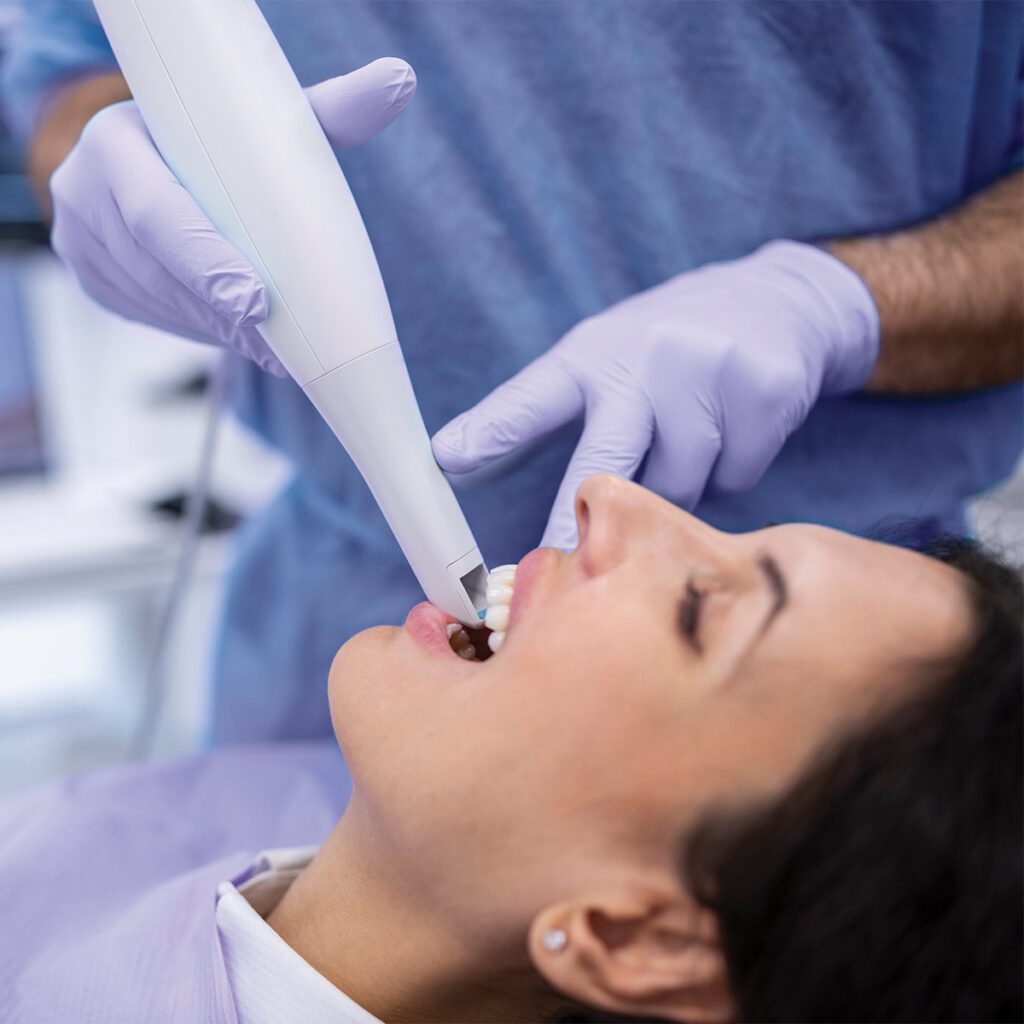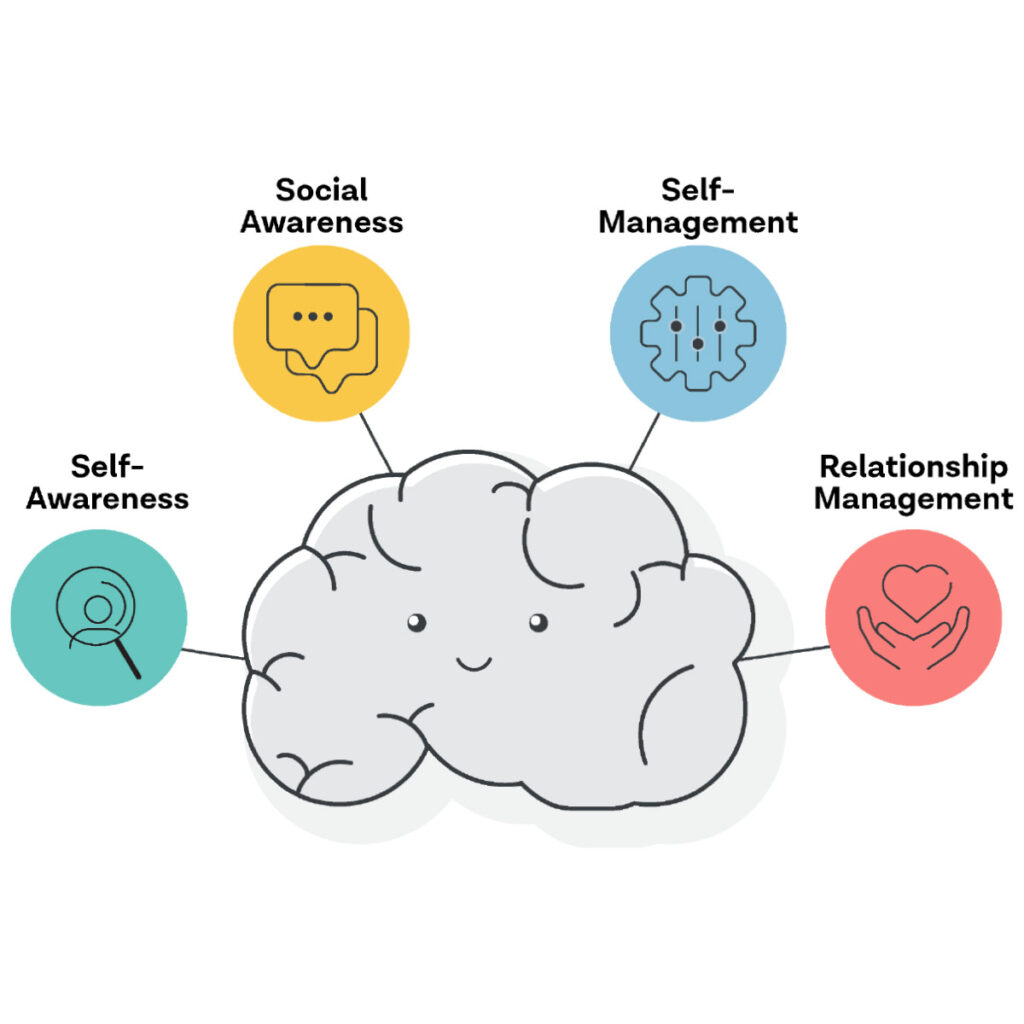What You Need to Know: Your Baby & Your Body
Pregnancy is a dramatic time of change. Over approximately 40 weeks of gestation, a woman’s body and soul are transformed to nurture her new child. For new mothers as well as mothers adding another child to their family, pregnancy can be many things: mysterious, joyful, tiresome or challenging. This special pregnancy section offers important information to keep a mother and her child healthy during their very special journey.
Compiled By Jenni Frankenberg Veal
What to Expect: First Trimester (Weeks 1-12)
Baby:
At conception, a sperm penetrates an egg to create a zygote—a set of 46 chromosomes that determines a baby’s sex, eye and hair color, and to some extent, personality and intelligence. Week three marks the beginning of the embryonic period when many of the baby’s vital organs begin to form, such as the brain, spinal cord and heart. By week six or seven, an ultrasound may be able to detect an audible heartbeat. Around week eight or nine, the embryo is considered a fetus, having grown a little more than one inch in length. By this point in the pregnancy, everything that is present in an adult human is present in the developing fetus.
Mother:
During week one, the implantation of the fertilized egg on the wall of the uterus triggers a series of hormonal and physical changes. First trimester changes often include fatigue, swollen breasts, bouts of nausea, food aversions or cravings, mood swings, headaches, heartburn, constipation, increased urination and weight gain or loss. As these changes occur, a woman often needs to alter her daily routine, such as going to bed earlier or eating frequent, small meals. Fortunately, most first trimester discomforts will pass as the pregnancy progresses.
What to Expect: Second Trimester (Weeks 13-27)
Baby:
Throughout the second trimester, the baby’s skin, hair and bone structure will continue to develop. Around 13 to 15 weeks, the baby may be able to suck his or her thumb, and by 16 weeks, facial muscles will allow for a variety of expressions. By 18 to 19 weeks, the baby can hear a mother’s voice, and by 20 weeks, an ultrasound can usually determine gender. Around week 23, fingerprints and footprints are forming and by the end of the trimester, the baby will be around 9 to 12 inches long and weigh between one and two pounds.
Mother:
Doctors often call the second trimester the “honeymoon” trimester. Symptoms like nausea and fatigue often go away, and most women will begin to “show.” A woman can expect to gain an average of one to two pounds per week and halfway into a pregnancy (around week 20) a baby’s movements can be felt. As her body makes room for a growing baby, a woman may experience body aches and notice stretch marks. She may also notice the skin around her nipples darkening, a line on the skin running from her belly button to her pubic hairline, patches of darker skin on her face and mild swelling of the ankles, fingers and face.
What to Expect: Third Trimester (Weeks 28 to Birth)
Baby:
In the third trimester, a baby will continue to gain weight and layers of fat, and it is even possible for him or her to get hiccups. By week 32, eyebrows, eyelashes and hair on the baby’s head begin to appear, and by week 33, the baby can learn about his or her environment by hearing, feeling and even detecting light. By week 37, babies are considered full term as their organs are able to function on their own. At 40 weeks, a baby will be approximately 18- 20 inches long and weigh between six and nine pounds.
Mother:
In the third trimester, breathing may become difficult and women may have to go to the bathroom frequently—this is because the baby is putting more pressure on internal organs. Other changes may include heartburn, swelling of the ankles, fingers and face; trouble sleeping and hemorrhoids. The belly button may stick out and the early stages of breast milk may begin to leak from the breasts. A woman may also feel the baby moving lower in her abdomen and experience contractions, which can be a sign of real or false labor.




